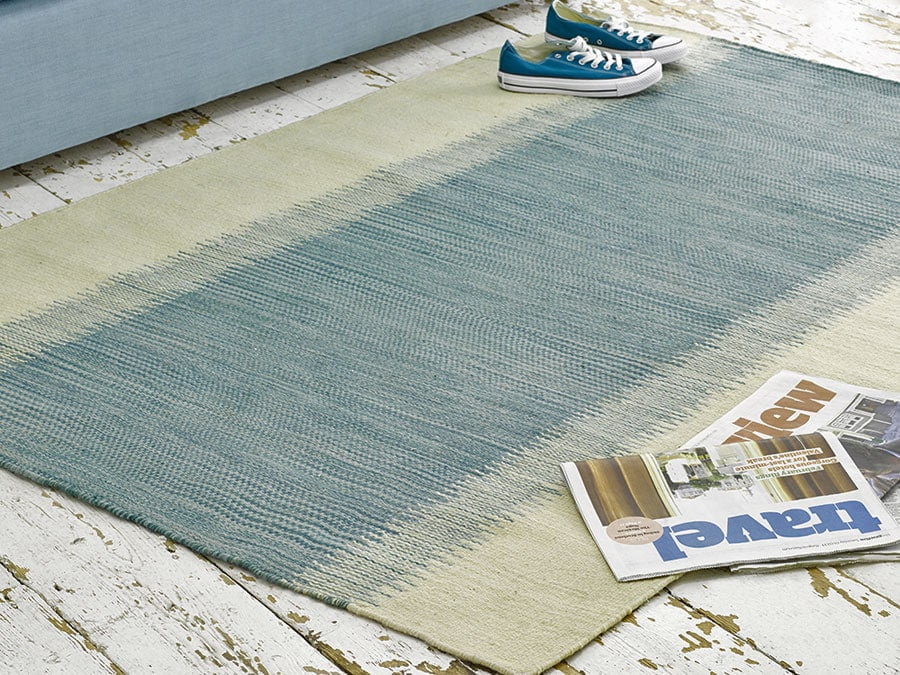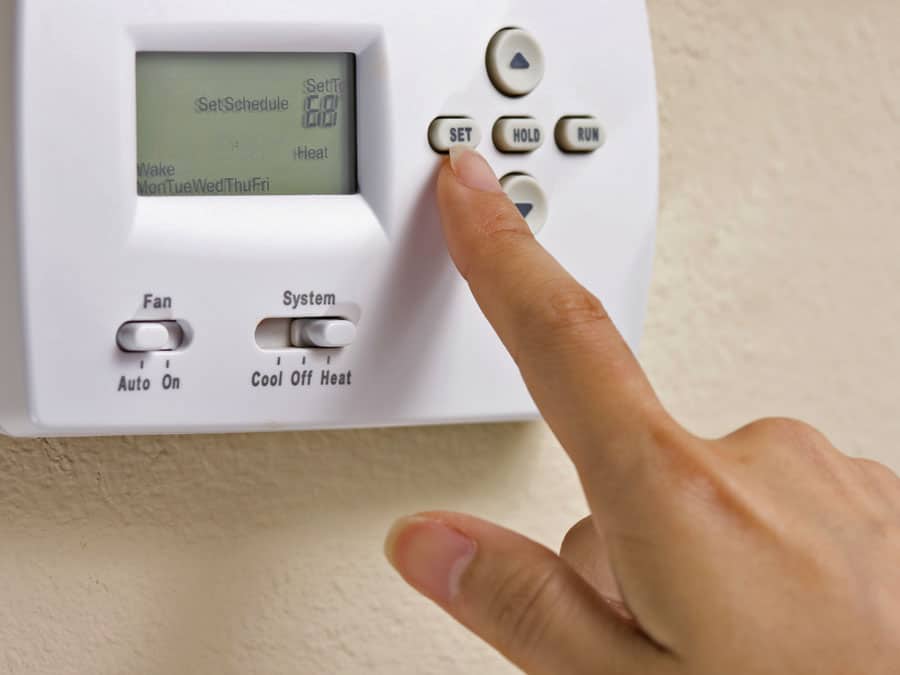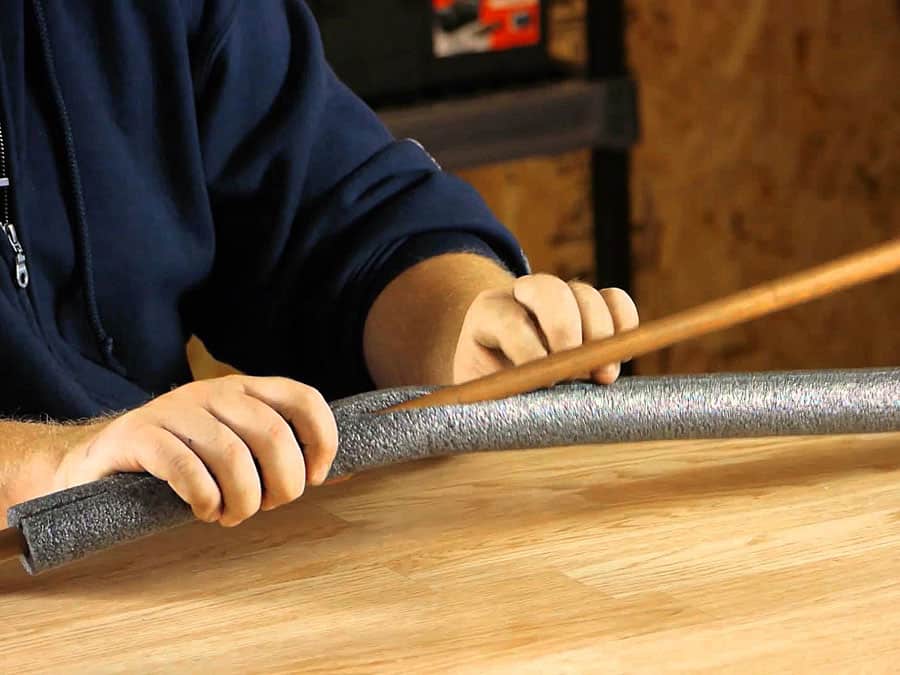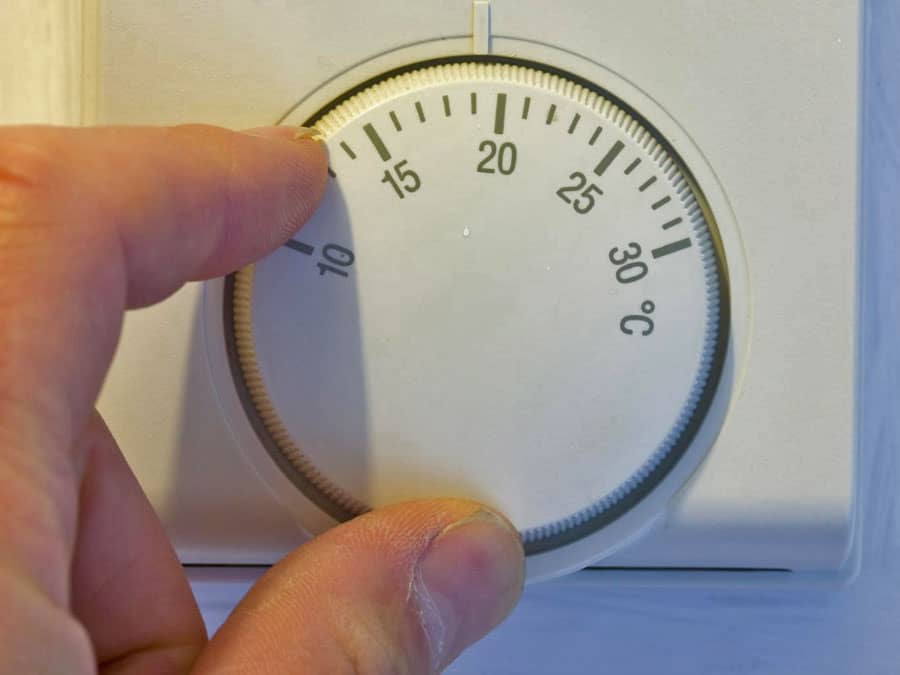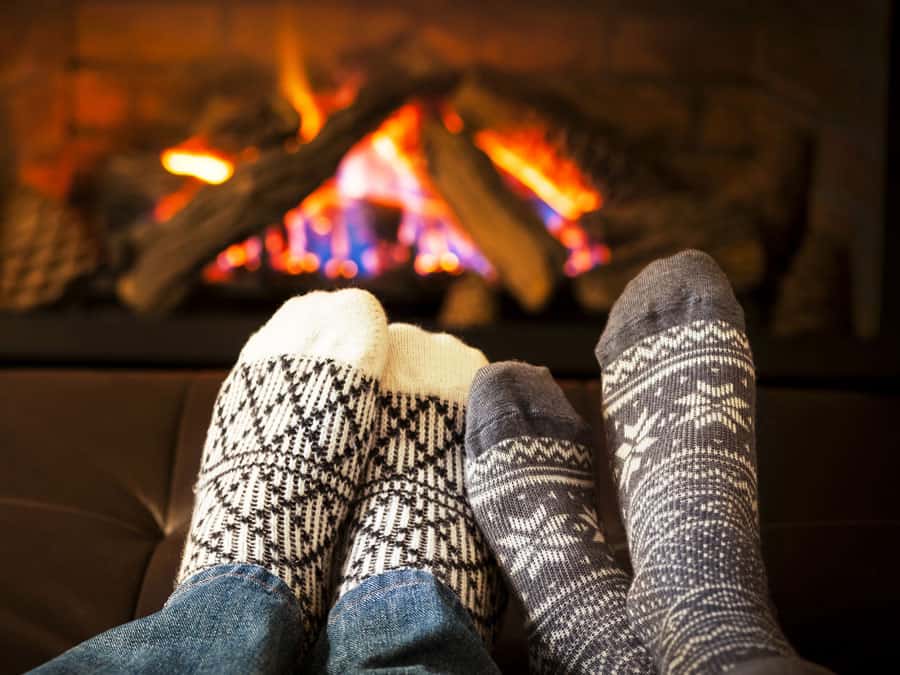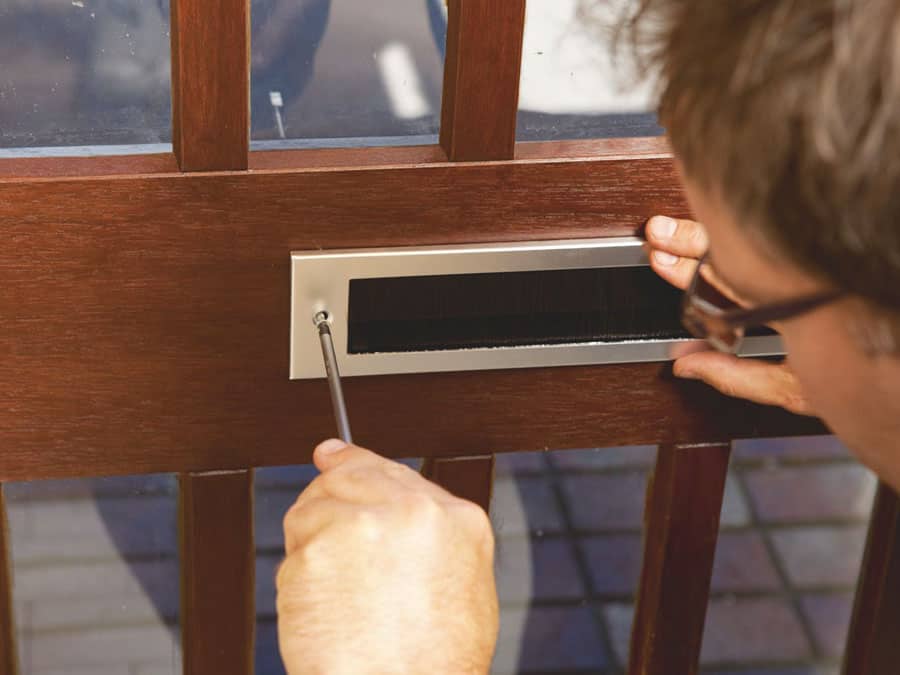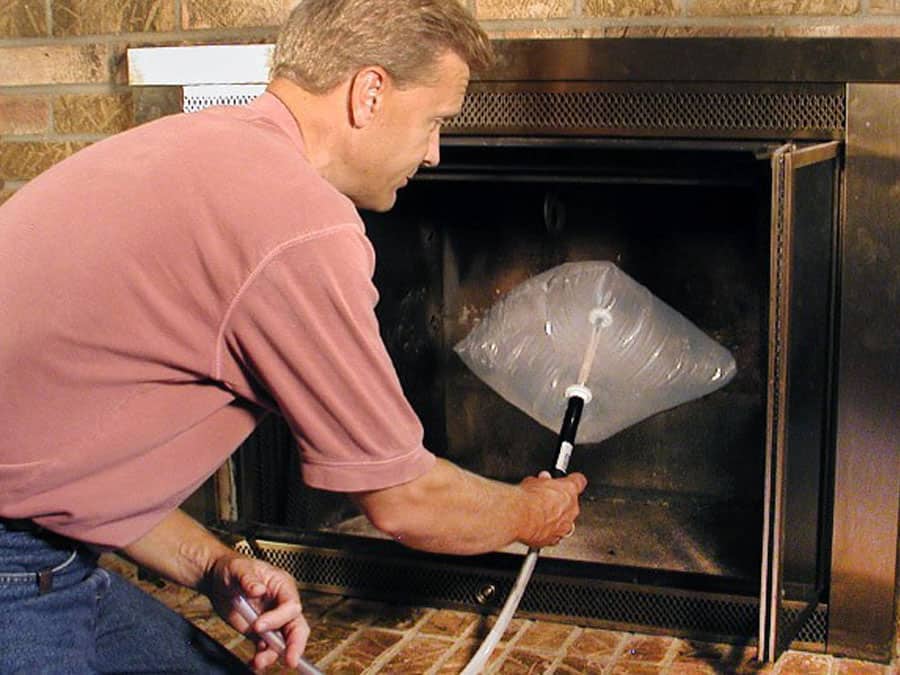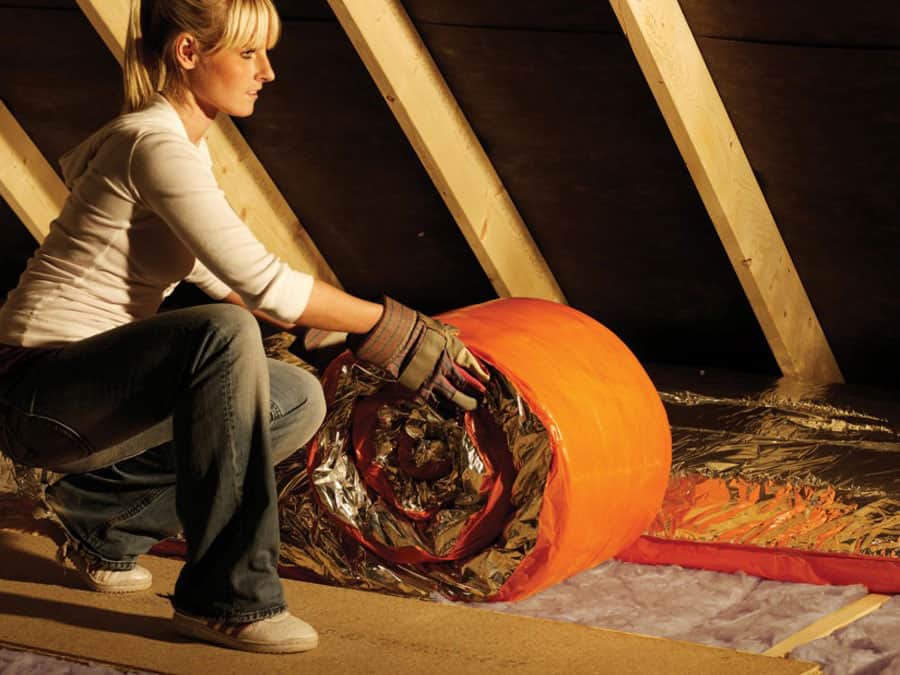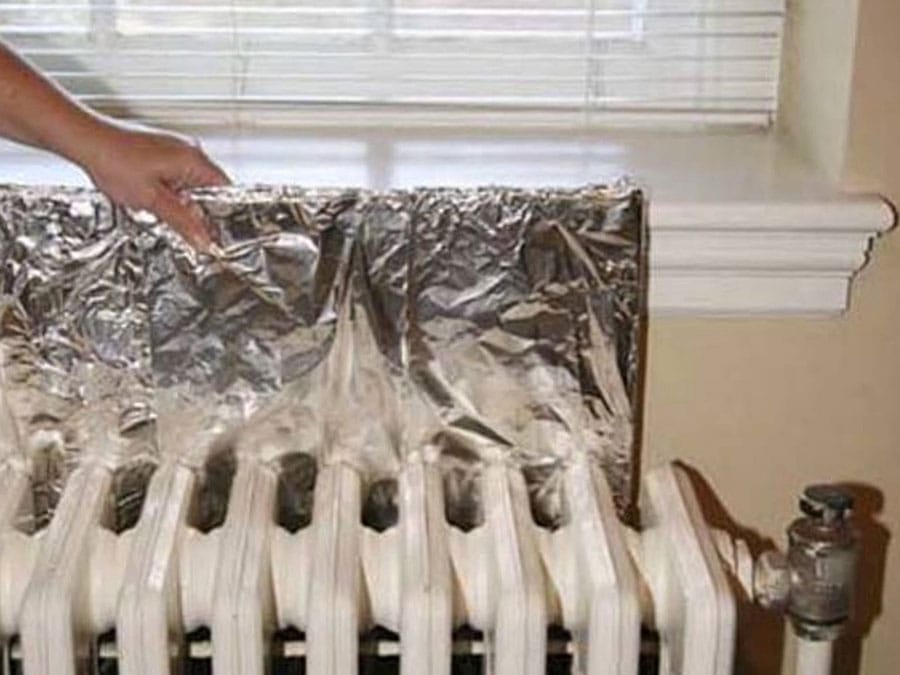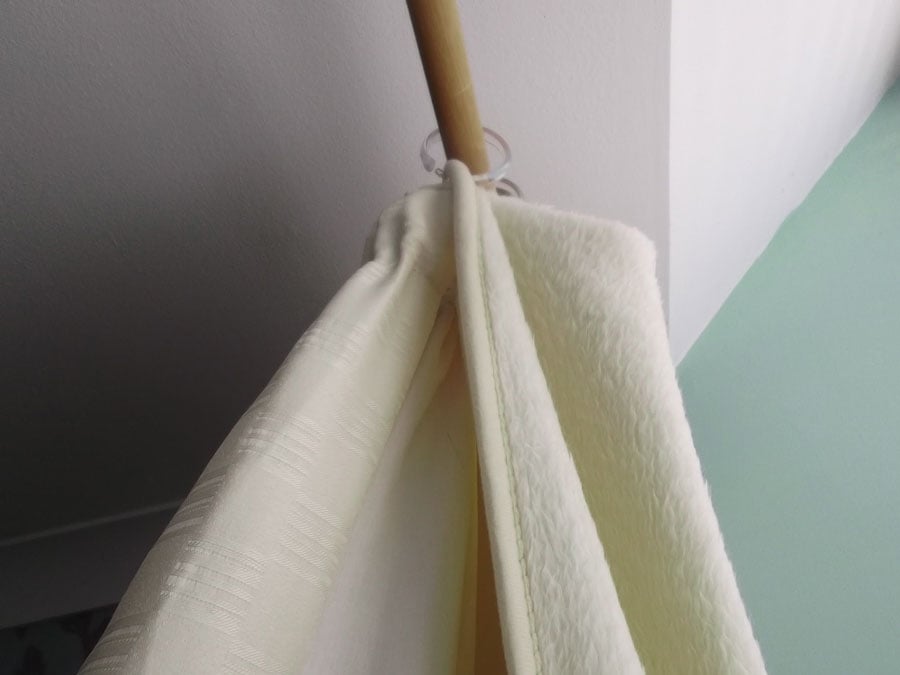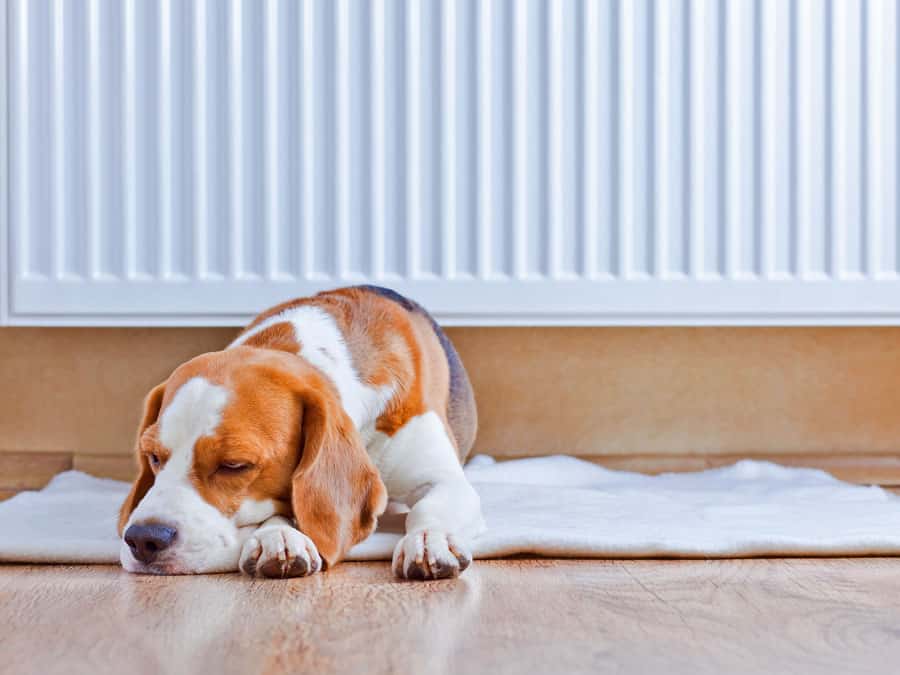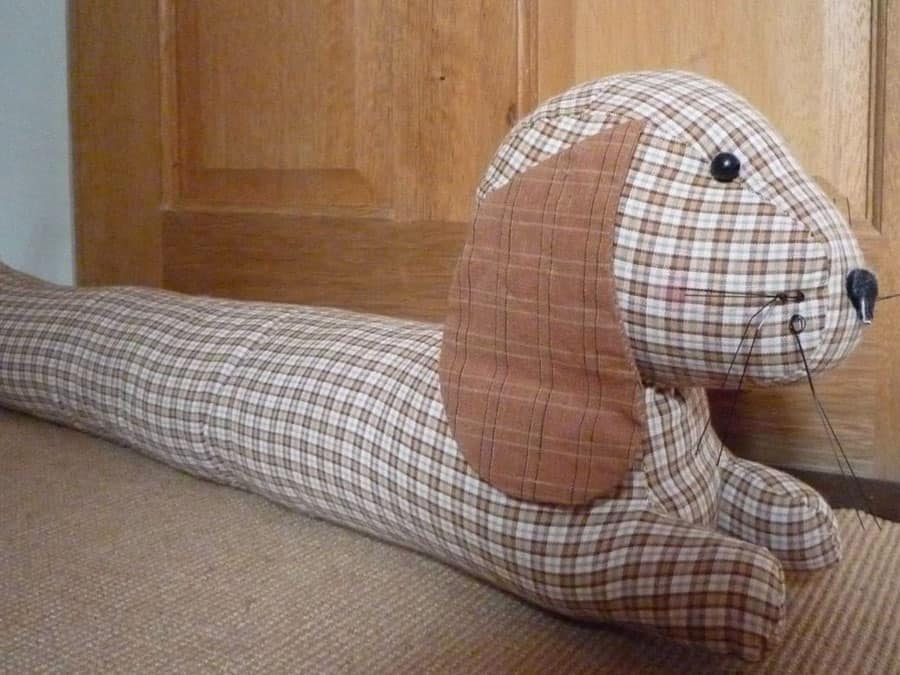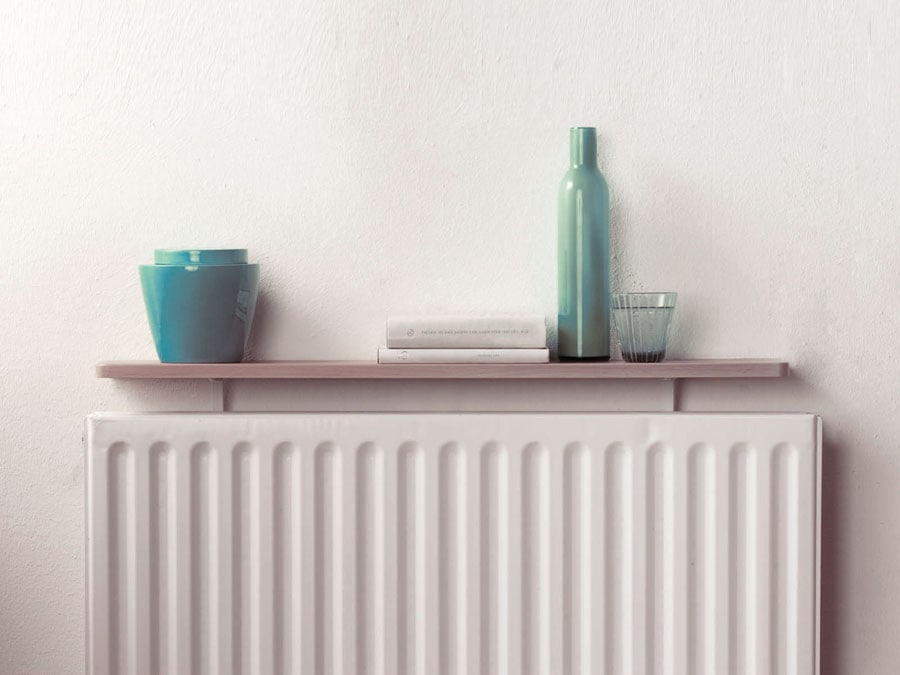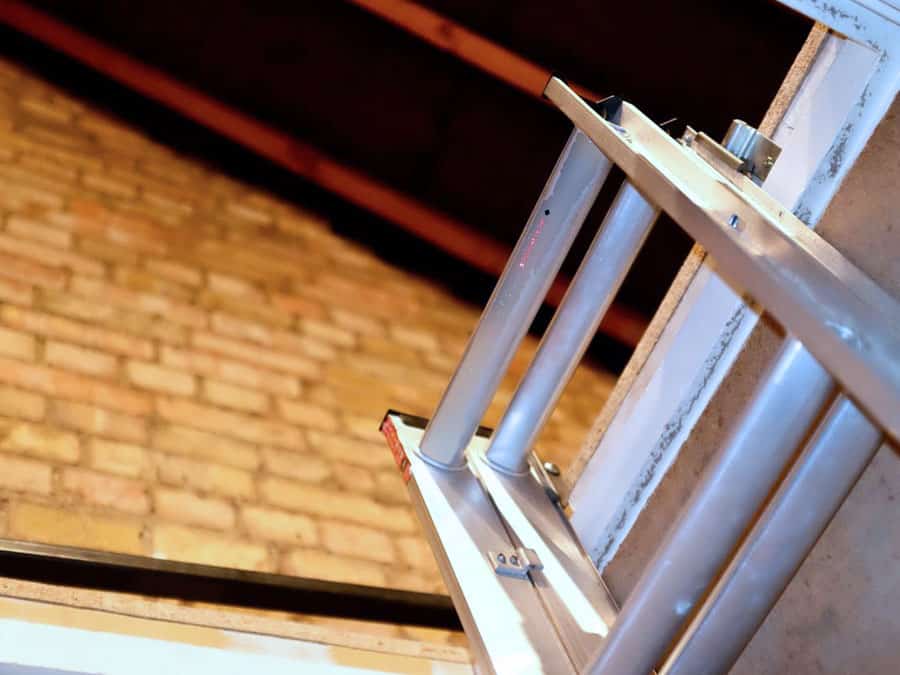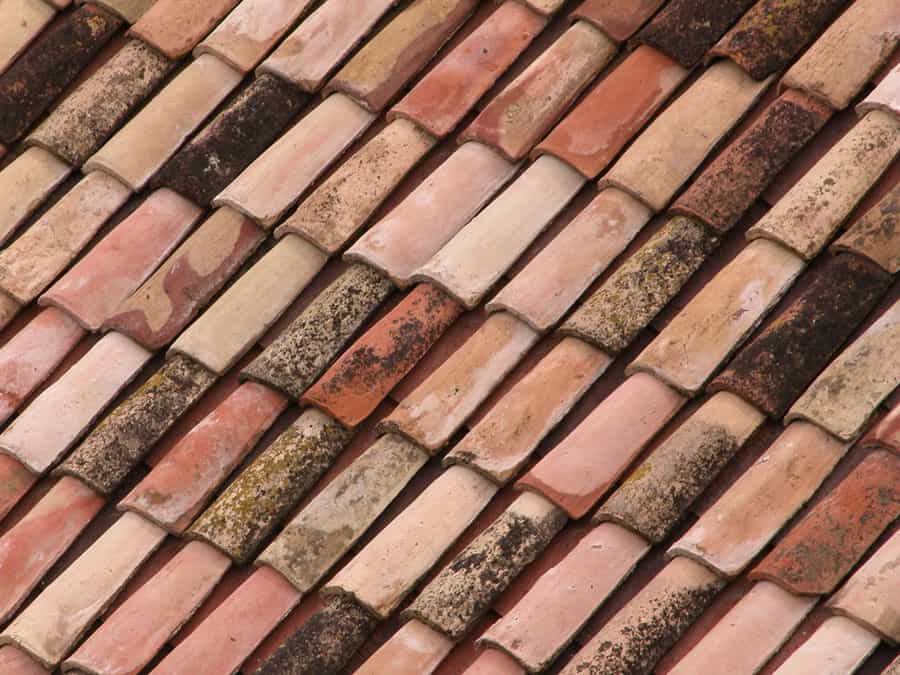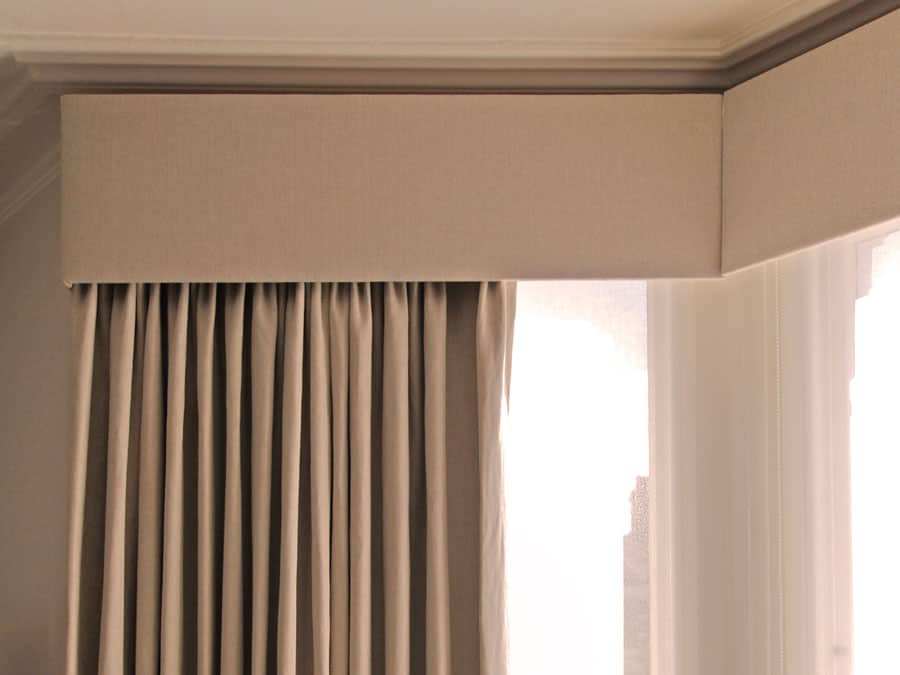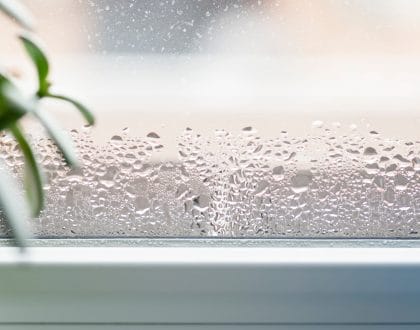21 Tips to keep your house warm and toasty over winter
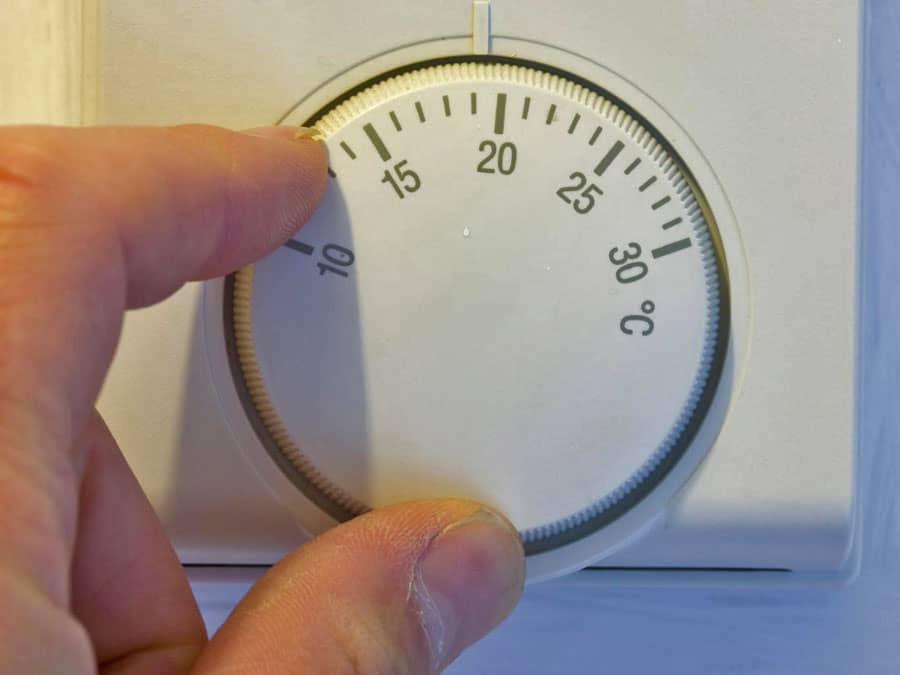
How can you keep your house warm- effectively and economically?
Every winter, there’s concern about energy price rises.
Installing secondary glazing makes a big difference, as up to 40% of the heat escaping from your home in winter could be from your windows. Home insulation and tackling an inefficient heating system are also big priorities.
But, when it comes to keeping warm, every little helps. Read these tried and tested suggestions for quick, inexpensive ways to help keep your house warm.
1 Cover floorboards
Uncovered floors can account for 10% of heat loss. Carpets are the most effective insulator, but rugs and throws can help, with the added bonus of warming your feet. Apply a silicone-based sealer to any cracks or gaps in wooden floorboards. Silicone tolerates slight movement, allowing for contraction and expansion.
2 Let the sunshine in during the day
Sunlight is free and natural heat. Keep curtains and blinds open when the sun is out, then close them as the evening sets in to maximise your home’s potential to retain heat. Keeping curtains open when the sun is shining works especially well for north facing windows for morning sun) and west facing for afternoon sun.
3 Shut the door on unused rooms to prevent cold air moving around the rest of the house
This way, the the heat you’ve generated stays contained in a smaller area.
4 Set heating timers
According to experts, keeping the heating on all day is not the best option. If the weather’s really cold, heating timers should be set to switch heating on earlier, rather than turning the thermostat up to warm the house rapidly, according to Age UK.
5 Insulate hot water pipes
Wrap external hot water pipes with insulating tape to reduce heat loss from your hot water tank to the taps, and reduce the amount of energy needed to get your hot water.
6 Watch the thermostat
In winter, heat rooms in use to 20ºC, a comfortable temperature for most people. If you don’t have a programmable thermostat, leave a thermometer in your living area and keep an eye on it.
7 Keep yourself warm
It sounds like a no-brainer, but it’s simpler to warm yourself than the whole house. Furry boots, a fleece or jumper could save you quite an amount in energy bills!
8 Sort out mini-draughts
Letterboxes, keyholes, cat flaps – those little gaps let a lot of draught in. Put in extra barriers like brushes in letterboxes, simple keyhole covers and fill cat flaps with sheep’s wool insulation. Just a small draught can make a room much colder.
9 Stop heat loss up the chimney
If you don’t use your open fireplace, consider a chimney balloon. Chimney balloons work by being placed inside the chimney hole, just out of sight. It’s then inflated completely shutting out incoming cold air or escaping heat. But be sure not to start a fire without taking it out.
10 Top up that old insulation
Well insulated homes use up to 45% less energy for heating and cooling.
11 Use aluminium foil
Prevent heat loss from radiators on external walls by putting heat-reflective foil behind the radiator. This reflects heat back into the room. Specially designed foil can be bought inexpensively or you can even use good quality kitchen foil, although it’s generally not as effective.
12 Use thermal curtain linings
The thicker the better. Or line them yourself with materials like cheap fleece. And doors can benefit from curtains too, adding another layer of thermal protection.
13 De-clutter radiators
Don’t place large pieces of furniture in front of radiators. Your sofa may be absorbing precious heat.
14 Bring back the sausage dog
Those old-fashioned draught excluders work, resting at the bottom of doors, preventing heat escaping through the gap. A simple draught excluder can be made from cutting an old pair of tights stuffed with material, or almost anything from rice and lentils.
15 Put another layer on your window
Add an extra layer to your windows as well as your body. Blinds, shutters and a second pair of curtains all add an extra layer of insulation which helps keep out the icy draughts.
16 Put a shelf over the radiator
When you have high ceilings, this helps channel warmth, stopping hot air rising directly above it. But don’t place things on the radiator itself.
17 Check your loft hatch
Your loft may be insulated, but what about the hatch itself? If it’s an old timber one that’s not insulated, insulate it with self-adhesive strips that you’d use for window and doors.
18 Winter-proof your bedding
Make your bed even cosier by swapping cotton sheets for flannel to add extra heat.
19 Check your roof tiles
If you have missing or loose tiles, water can get into your loft. When that happens, the insulation gets wet and loses its efficiency.
20 Put pelmets over your windows
These boxes sit over your curtain rod, and they stop cold air entering your room. A budget alternative is to attach a strip of plywood over your curtain rail, out of sight behind the top of the curtain.
21 Fit secondary glazing
As we’ve said, up to 40% of the heat escaping from your home could be coming from your windows. Secondary glazing is the most effective, proven single solution to prevent heat loss from windows, beating even double glazing. And, it doesn’t affect the character of your original windows. And…you can fit it yourself in a morning. Would you like a FastQuote today?

 10 Year Guarantee
10 Year Guarantee 5 Star Customer Reviews
5 Star Customer Reviews